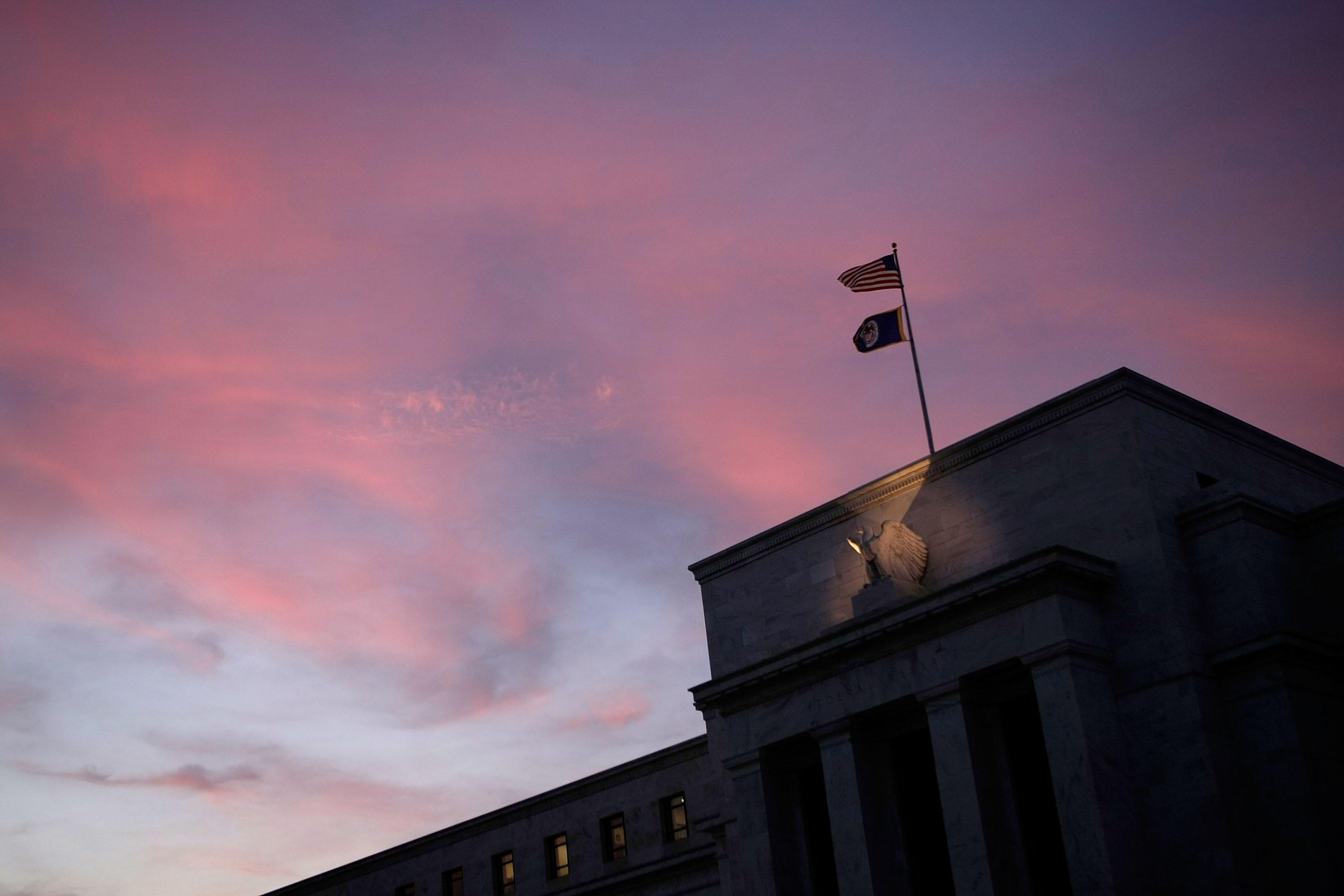Mortgages Are Getting Out of Control—Here's Why
Mortgage rates were near zero for most of the COVID-19 pandemic. Why are mortgages getting out of control?
Oct. 12 2021, Published 1:40 p.m. ET
During the COVID-19 pandemic, mortgage interest rates have remained a hot topic. Now, historically low rates are beginning to climb, which makes many homebuyers feel like they're getting the short end of the stick.
Mortgage rates are climbing and homebuyers are seeing the impact in their monthly payments. Why are mortgages getting out of control?
Mortgage rates are up in mid-October
More than a year and a half after the U.S. declared the COVID-19 pandemic as a public health emergency, mortgage rates are trending upwards. For nearly the entire pandemic, mortgage rates have been historically low.
At the end of the day on Oct. 12, the average interest rate on a 30-year fixed-rate mortgage rose by 7 basis points to 3.107 percent APR.
Not all types of mortgages are increasing
While 30-year fixed-rate mortgage rates rose, others fell. Specifically, the average rate for a 15-year fix-rate mortgage fell by 1 basis point to 2.229 percent APR during the day or by 2 basis points from last week's average.
Even 30-year setups are seeing some fluctuation—down by 2 basis points from last week's average. Meanwhile, mortgages rose in September.
Why are mortgage rates increasing?
In September, Fed officials announced the central bank's plans to taper off from purchasing mortgage-backed securities and eventually increasing the federal rate. The Fed didn't provide a timeline for this, but it was enough to spook lenders.
Mortgage rates aren't directly tied to the Fed rate, but have a strong correlation between 10-year Treasury yields. Rising yields mean higher mortgage rates and, ultimately, more expensive home payments. Generally, U.S. 10-year Treasury yields are increasing despite dipping lower on Oct. 12.
It isn't just the Fed that's impacting mortgage rates. It's also a general concern about COVID-19 and the economy. The pandemic caused mortgage rates to plummet in the first place. "While the pace and the volatility will vary due to other factors, we have always been destined to move back toward higher rates as the pandemic subsides, and this week’s case counts suggest it’s subsiding again," Mortgage News Daily's chief operating officer Matthew Graham told reporters.
Why small mortgage rate increases matter in an overpriced world
A few basis points might not feel like a lot, but it makes a difference. This is especially true today. As of September, the median national home listing price is $380,000, which is much higher than the median cost of $346,000 in January.
In 2020, Austin homes for sale jumped 30.5 percent in price. In Phoenix, homes rose 23.5 percent during the same period. In 92 percent of the country's 50 largest metros, home prices grew at least 10 percent on average.
With costs up, a small movement of the needle for mortgage rates does more damage to homebuyers' wallets. Interest rates are based on percentages of the home's total cost, so more expensive homes combined with comparatively smaller interest rates are still a big deal.


